“I had never even tasted mezcal before I started working at The Alder,” says Frannie Megan, from behind the bar at Maiden Lane in New York’s East Village. “But my boss there was very insistent that I learn to like it, and now I’d definitely say it’s my go-to spirit.”
For most Americans, mezcal, the agave-based Mexican liquor of the same family as tequila, is the stuff of a raucous spring break in Cancun. In recent years, however, imports of mezcal to the U.S. have been on the rise. Frannie, she will tell you herself, is one of a growing number of bartenders who are falling in love with the smoky spirit.
[pullquote align=”right” cite=”” link=”” color=”#0396ec” class=”” size=””]For something to be tequila it must be made from 100% blue agave specifically, but for something to be mezcal it must just be made from any type or mixture of agave plants.[/pullquote]“Mezcal has been embraced heavily by the mixologist community,” says John Rooney of Southern Wine and Spirits, the top beverage distributor in the U.S. “Much of this recent volume in imports is being driven through cocktail programs.”
Up the block from Frannie at secluded cocktail lounge Pouring Ribbons, there are two drinks on the menu featuring mezcal. The Casa Abuelita, is mixed with spicy bitters and chai – yes, the same type of chai you would find in your Starbucks chai latte. The Trigger Finger calls for mezcal with lime and prickly pear juice.
But, John points out, sales of mezcal are still nothing compared to tequila. Tequila, that salacious substance responsible for your last horrible hangover, actually falls under the greater umbrella of mezcal. For something to be tequila it must be made from 100% blue agave specifically, but for something to be mezcal it must just be made from any type or mixture of agave plants.
A major difference, though, is that tequila is made in steel caskets en masse so that one shot of Patrón is exactly like every other shot. Whereas mezcal is made in small batches in holes in the ground, often by fifth or sixth generation distillers. This gives each brand and vintage of mezcal a different taste, just as different labels and vintages of wine vary from year to year.
Pouring Ribbons bartender Chelsea Kaiser is another mezcal enthusiast. She says if the seasoned drinker were to drink the liquor straight, they would taste a spicy, meaty, or Parmesan cheese flavor. The casual drinker, however, will overwhelmingly taste smoke.
These “many layered flavors,” says Mexico City based restaurateur Jake Lindeman, is part of why bartenders are loving it so much and driving up imports. Between 2011 and 2013 U.S. imports of mezcal increased 30 percent, according to the Mexican government agency in charge of regulating its distribution. But another, larger part, Lindeman says, is that mezcal offers an amount of uncharted territory for bartenders to experiment with and make their own. And there are others outside the bar getting in on this new trade as well.
“Every time I go home to Oaxaca it seems like someone new – a friend, cousin, whoever – has taken up making mezcal,” says Professor María Saldana, an expert in Latin American cultural studies at New York University. “But when I was growing up, it wasn’t like that. Mezcal was something people would occasionally drink after a meal because it was made by local agave farmers.”
According to Mexican law, for a liquor to be considered mezcal it must actually be produced in Oaxaca, a southern region of Mexico. Saldana said that many of the 11.3 million Mexican immigrants currently reported to be living in the U.S., many are actually from Oaxaca, but the official numbers vary. However, Saldana does not think they are the ones fueling mezcal’s recent increase in sales.
As far as money is concerned, mezcal does tend to be a bit more expensive than tequila. At the dimly lit and always-packed Lower East Side restaurant Rosie’s, drinks made with mezcal, like the house drink, cost $13, while those made with tequila cost $12. And if you want a whole pitcher, mezcal will be an upcharge of $5.
But as imports continue to increase, it seems this higher price isn’t stopping anyone from getting their drink on.

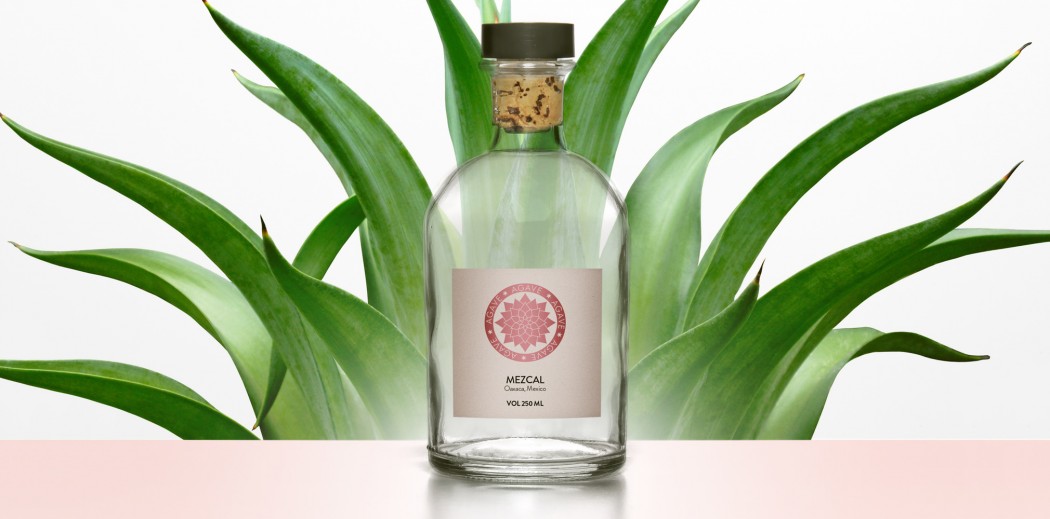
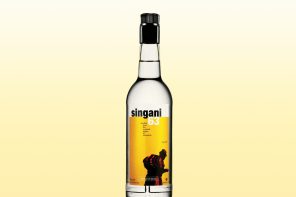
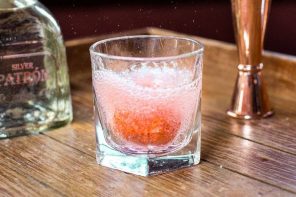

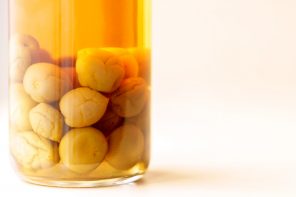
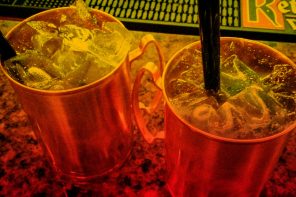
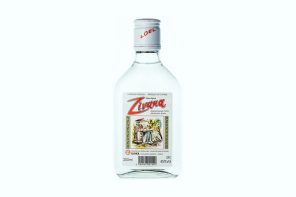

Having lived in Mexico for years and having gone to many mescal distillers, seeing the best and the worst. Rats floating in vats of booze, oxen crushing the agave pineapples into juice and peeing on the juice as it sluces into vats I think I have tasted at least three dozen different varieties of the stuff and it all tastes like stove fuel to me. Tequila is different, Some of the fine tequilas are equal to the best brandy. Mescal will never make it out of the gutter for me. It is awful and people who think it is great are nuts. Even the Mexicans know it is the low end of the totem. Pulque is lower.
A tase that l can not explain, but amazing grace
I will have to agree with Igor, shit is disgusting and I don’t get it. Good article though.
of course they are different, they are made from different plants and come from completely different parts of the country.
Excellent article. Thank you for the info! I’ve been wondering about all of the mezcal on menus around town.
The best agave drink is Bacanora, the Sonora, Mexico moonshine cousin to Tequila and Mezcal. Its an easily aquired taste and so worth it.
If you can get the real homeade stuff, even better! Drinking it, it truly becomes an Oracle of the Sonora, bringing you closer to the Sonora and it’s people. l lived in old Kino, Mexico for years and have many fond memories of the people, the wonderful fishing village and my initiation to Bacanora.
I much prefer mescal, but who gets the worm when the bartender is using the bottle to mix drinks?